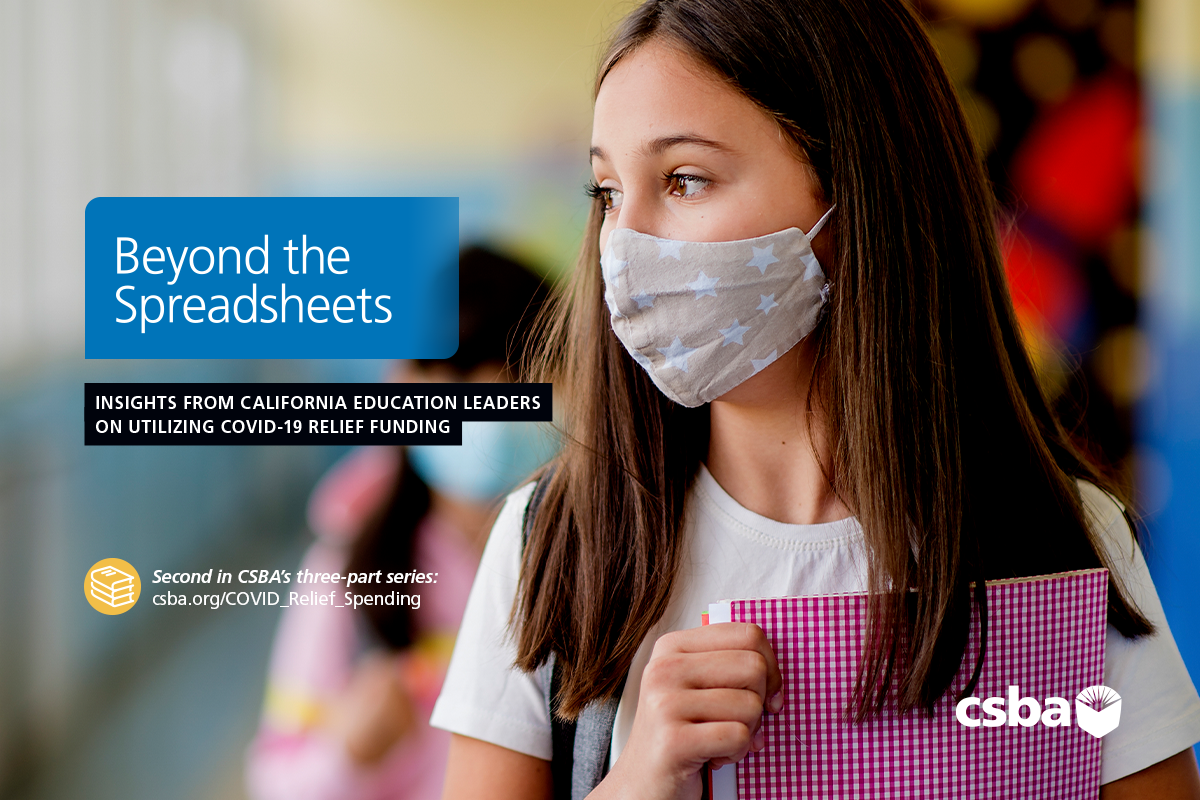By Angela Asch
Over the past few years, rates of chronic sadness, emotional distress and suicidal ideation have been steadily increasing among youth. According to a survey conducted by Kids Data, 43 percent of parents across the state reported feeling moderately or extremely concerned for their children’s emotional or mental health during 2021. Equally concerning, in WestEd’s District Mental Health Report 2021–2022, youth surveyed in grades 7-11 reported an increase in considering suicide and high rates of chronic sadness and social and emotional distress. Further, a 2022 ACLU report State of Student Mental Wellness highlights feedback from students in middle school and high school and how their mental health has declined recently. One eighth grader in the Imperial Unified School District shared, “I’ve had dozens of mental breakdowns, I lost all of my friends, a little bit of suicidal thoughts, I’m not motivated by anything anymore.”
This increase in youth mental health distress highlights the overwhelming need for services and resources. Federal and state leaders have recently heeded this call and are providing increased funding and grants to K-12 schools to increase the number of school counselors, nurses, mental health service providers and resources.
CSBA’s survey report on COVID-19 relief funding
CSBA recently surveyed superintendents and chief business officers to learn how they used COVID relief funding to help their students and staff. The findings on how districts and county offices of education are supporting their students and staff and prioritizing resources with relief aid can be found in the report, Beyond the Spreadsheets: Insights from California education leaders utilizing COVID-19 relief funding.
Not surprisingly, the education leaders surveyed rated mental health as one of their top priorities in their use of COVID-19 funding, with 90 percent ranking it as a high or essential priority. Trauma from the pandemic created an overwhelming need for help, and district leaders noted the need to address mental health first to support their students’ learning recovery, as the two are interconnected. To learn more about how district leaders and county offices of education are addressing learning recovery, see CSBA’s blog post on the topic.
District and county leaders are investing in mental health support for their students and staff by hiring or adding additional counselors, psychologists and social workers to serve their communities. In addition, many created wellness centers for students and families to use, like those seen in Fresno Unified School District and calming spaces on campus for students to access when needed. Districts and county offices of education also provided professional development on mental health first aid, self-care and social-emotional learning techniques for teachers and staff to implement in their classrooms.
Social-emotional learning (SEL) is a suite of skill sets that helps children and young adults understand their emotions, regulate their behavior, and interact and collaborate positively with their peers to assist with and improve relationships. SEL improves academic success, student behavior and school climate. Research conducted by the Collaborative for Academic, Social, and Emotional Learning (CASEL) on over 270,000 students participating in social and emotional programs showed improved academic performance, classroom behavior, stress management and better attitudes about their school, peers and themselves. In line with the findings from CASEL, the surveyed education leaders ranked SEL and curricula as a high or essential priority, at 76 percent. District leaders used their relief funding to purchase curricula and train teachers and staff on SEL as a strategy to aid their students’ learning recovery and social-emotional health.
Many students, their families and school staff are still recovering from the traumatic events stemming from the pandemic, including the loss of loved ones, social isolation, illness, divorce or moving and leaving familiar connections and surroundings. Recovery takes time and more support.
Local governance teams can support youth mental health and their districts’ school climate by listening to the needs of students, staff, parents and caregivers. Allocating funding to improve school safety and school climate by providing resources and supports for mental health and SEL not only aid mental health but also fosters belonging and connection, thereby nurturing the whole child. Lastly, continued communication to all students, staff and community members on the available services and resources will help destigmatize mental health care needs and services so that they are more likely to be accessed when needed. This will in turn help to improve school climate and student outcomes, creating a healthier and more productive school community.
Find more information on youth mental health resources here.
Angela Asch is a CSBA education policy analyst.





